A used car is a great way to get around without breaking the bank—unless it has undetected flood damage. In that case, you could inherit problems like short-circuited electronics, overheated engines and warped brakes, all of which could put your safety at risk.
Most used car dealers will disclose previous flood damage, but there are operators who omit mentioning such history, sending cars out for sale across the country. “The best thing to do,” says Pat Goss, host of “Goss’ Garage” on PBS’ MotorWeek, “is to avoid a flooded car at all costs.”
How can you check what you can’t see? Here are five ways to tell if a car might have been flooded:
Follow Your Nose
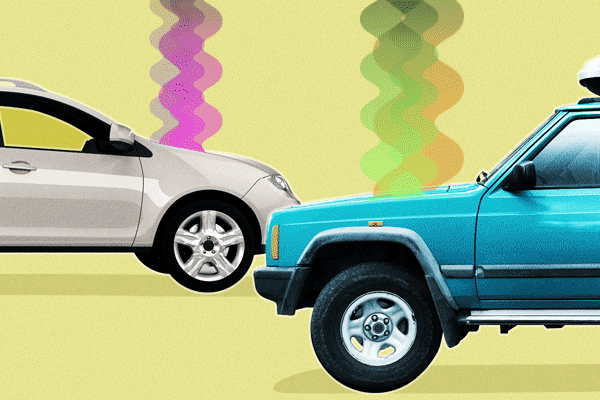 That new-car smell is a badge of honor—on new cars. But in a used vehicle, a heavy scent of air or fabric freshener, freshly shampooed carpets and brand-new seat covers may be cause for suspicion, not celebration. (An unmasked musty smell could also be a sign of water damage.) Other red flags:
That new-car smell is a badge of honor—on new cars. But in a used vehicle, a heavy scent of air or fabric freshener, freshly shampooed carpets and brand-new seat covers may be cause for suspicion, not celebration. (An unmasked musty smell could also be a sign of water damage.) Other red flags:
- Loose, stained or non-matching upholstery or carpets
- Damp carpeting (check the padding if you can)
- Rust around doors, under the dash, on the pedals or inside the hood and trunk latches
- Mud or silt in the glove box or under the seats
- Brittle wires under the dash (try to bend them)
- Fog or water droplets inside any lights or instrument panel
- Moisture or sitting water in or around the spare tire
- A new stereo (the original may have been replaced because of water damage)
Ask For Proper Paperwork…
Obtain the car’s vehicle identification number (VIN), then get a vehicle title history report from CARFAX or the National Motor Vehicle Title Information System ($3.50 at CheckThatVIN.com), or a free flood check from CARFAX, plus a free VIN check from the National Insurance Crime Bureau.
… Then Read It All Carefully
Check the title, ownership and repair documents for consistency. Titles with “Flood” or “Salvage” stamps are self-explanatory—but unscrupulous dealers might scrub them.
Take The Car For A Spin
 Make sure it runs and rides well, but also inspect it while it’s still in the driveway:
Make sure it runs and rides well, but also inspect it while it’s still in the driveway:
- Turn on the ignition and make sure all instrument panel lights work as well—and as brightly—as they should.
- Test everything with a switch—interior and exterior lights (including high beams and any fog lights), air-conditioning, heater, defroster, turn signals, windshield wipers and radio.
- Check under the hood (turn off the engine first!) to make sure leaves, mud or silt don’t show up in weird places like spark plug cavities.
- Pull out the oil dipstick; if the oil looks murky—think melted chocolate ice cream—you could be facing a serious issue.
- Inspect the paper air filter for signs of water stains.
Go To A Pro
It’s always smart to bring a used car you’re considering to a mechanic you trust. But besides inspecting the mechanical, electrical and other systems, make sure they also check for hidden signs of water damage. “We look for things that are not normal,” says Goss, who cites the telltale signs of dried grass, straw and mud inside doors or deep under the dash.
By Ira Hellman




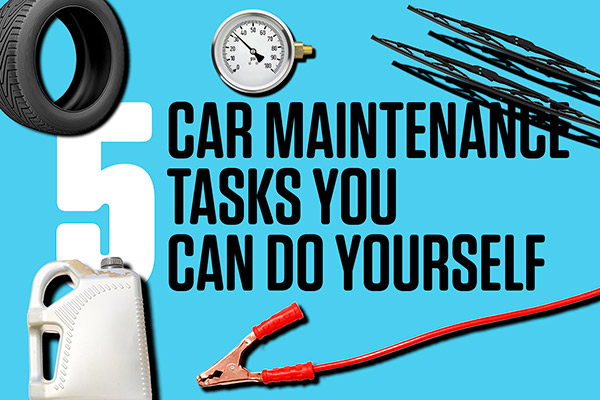
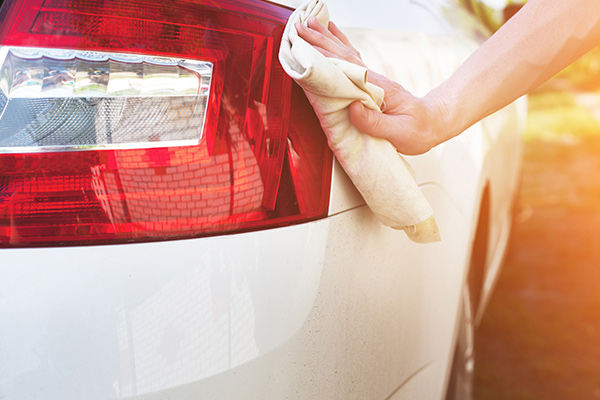
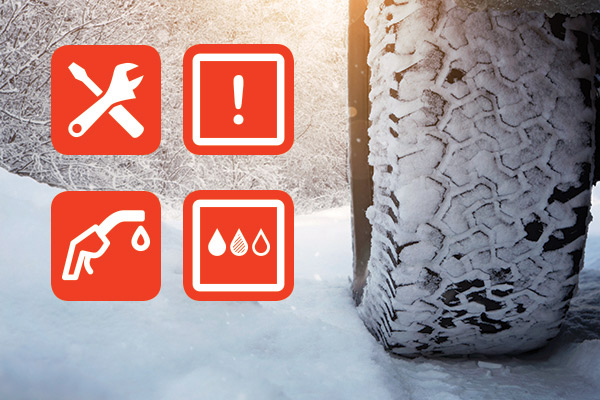
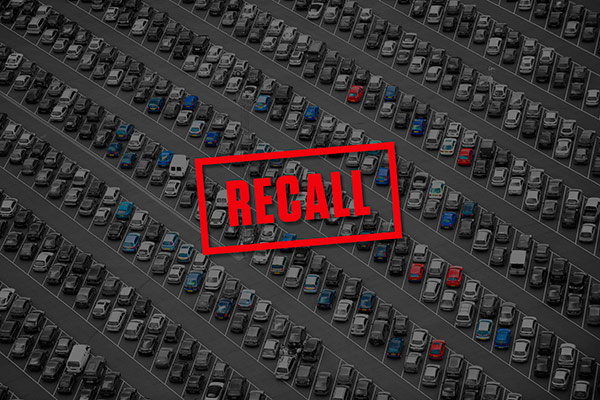

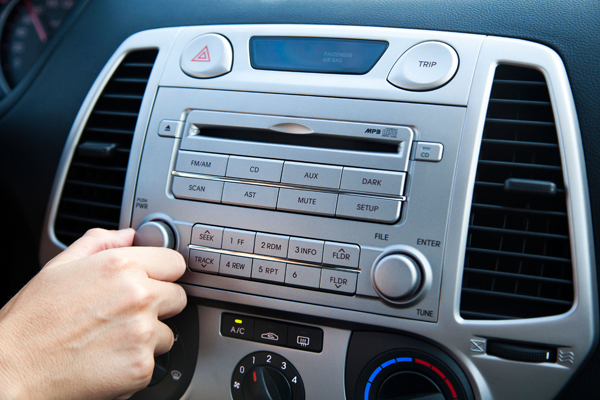
Denise Berube says,
I have been having problems with the front cv axles. A little over 1 yr ago I hit a huge pot hole and apparently it did damage to the transmission, the computer part of it. The garage ended up charging me over $3500 . Now when driving the steering wheel shakes. Well approximately six months down the road my cv axles went bad. I have had them replaced 3 times now and my car still feels unsafe to drive. I have also replaced rotors, brakes/pads, new tires and oil changes every 3 months. I don’t know what is going on but I’m broke now and still have to rely on my car for work. I am a caregiver to the elderly and to a few veterans. I have a 2008 mazda5 that I still owe on more than it’s worth. I’m frustrated with this minivan!
Calvin gooch says,
HOW to check for a previous flood vehicles are very informative and we’ll versed. Thanks guys. I’ve been in a couple of floods myself and would not like to have someone else problem, so up the work the public need this kind info.
pat verbiest says,
just had a front wheel bearing replaced. only made sounds while going around deep curves.wounded like a loud growling sound.
so glad you have article about this.
thanks!
Angie says,
Does full coverage covers ERS? I have full coverage with Geico, and I don’t know if my vehicle is covered under the emergency Roadside assistance.
Editor says,
Hi Angie,
Full coverage typically refers to having both liability coverage and physical damage coverage. Emergency Roadside Service is a separate coverage that is added onto the policy and is not automatically included, so please check your policy to be sure it’s included. You can do so by logging on to geico.com, or by giving us a call at 1-800-947-AUTO (2886) to speak with an agent.
Thanks, and have a great day!
Paula M. Ward says,
Thank you for these auto tips they are so valuable.